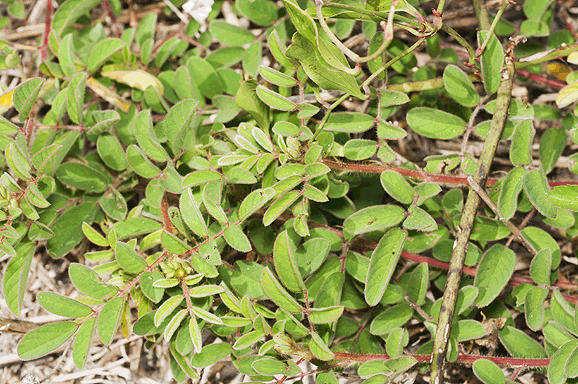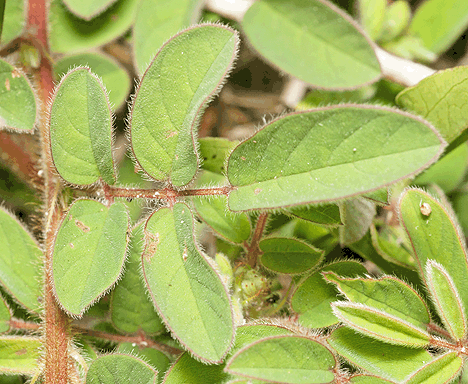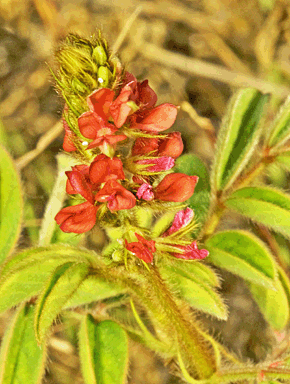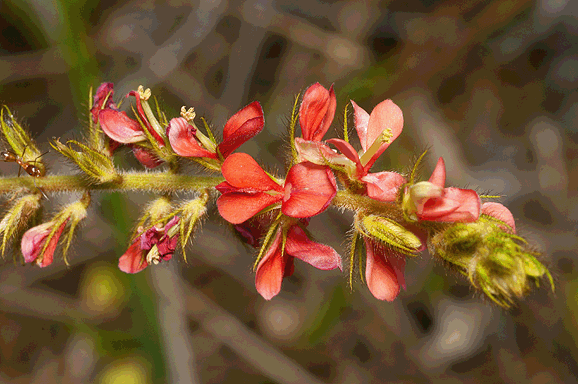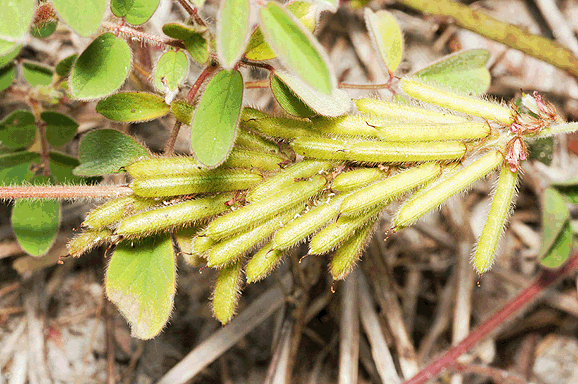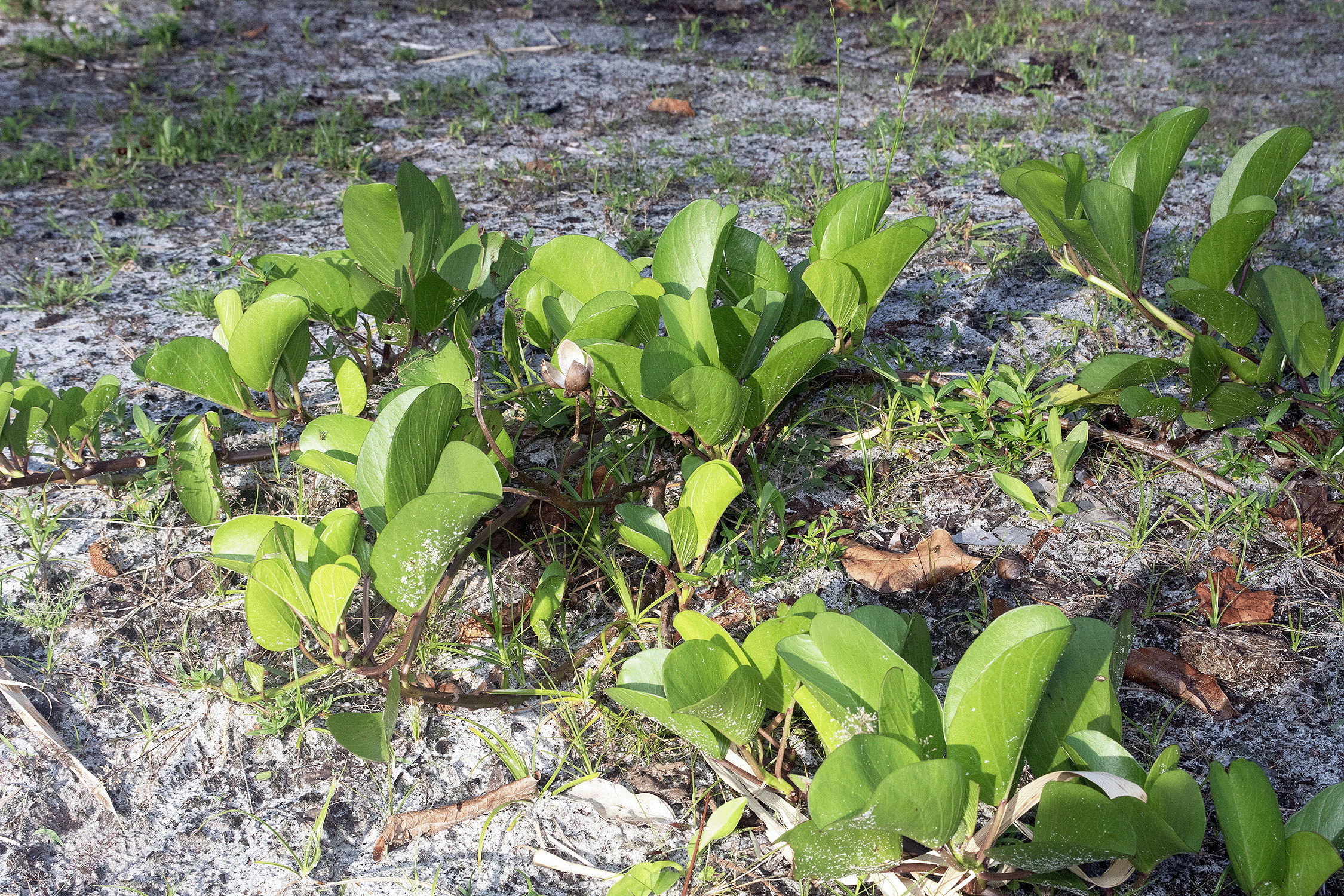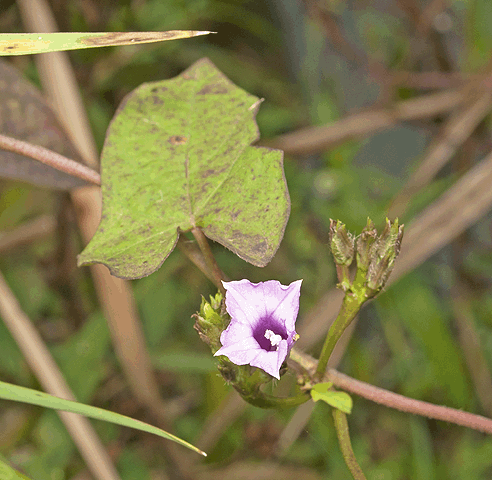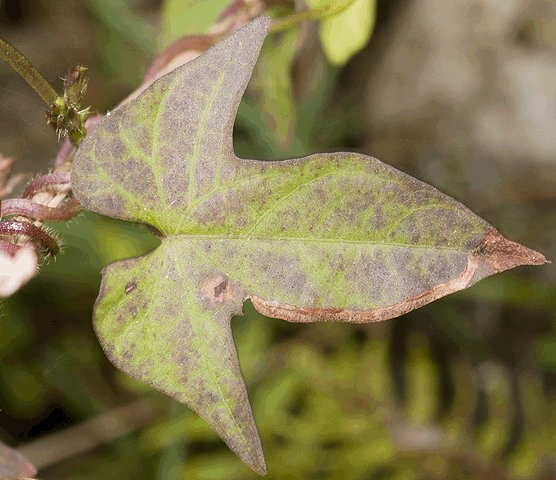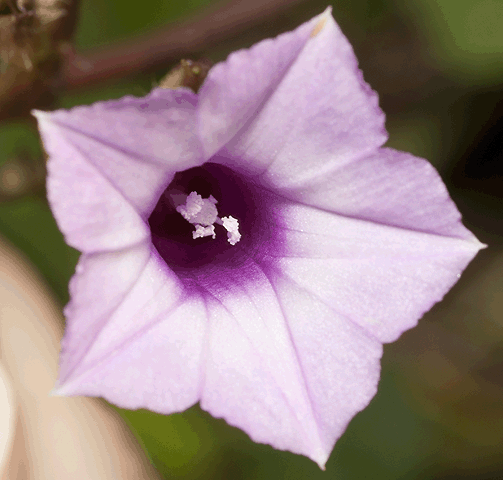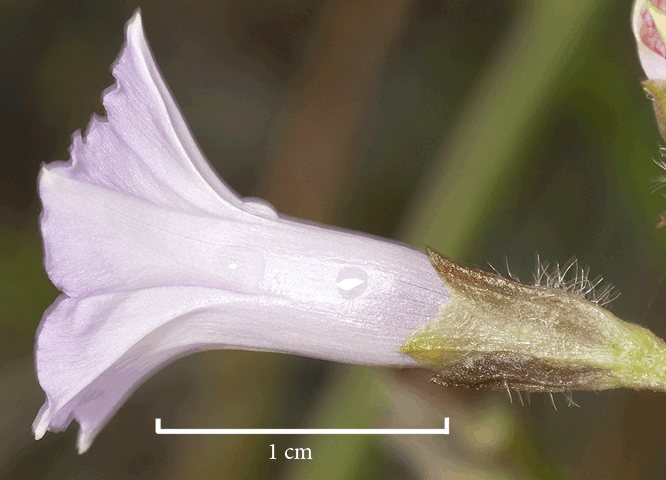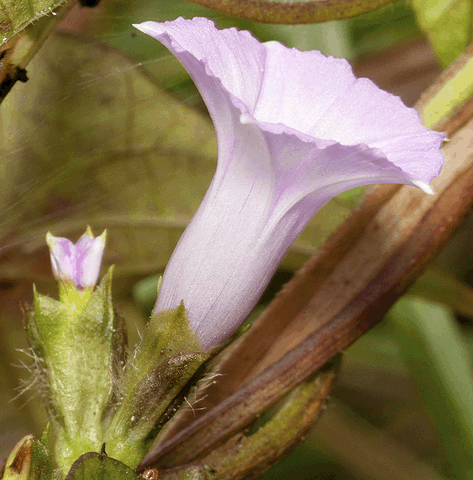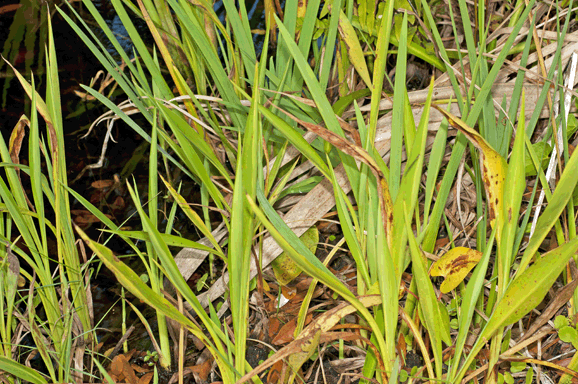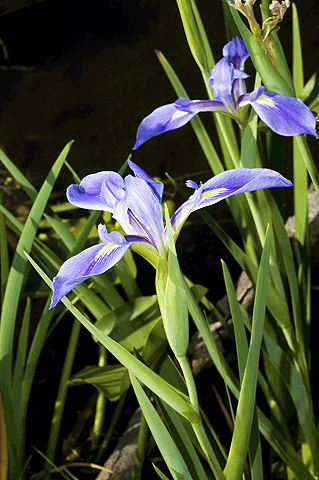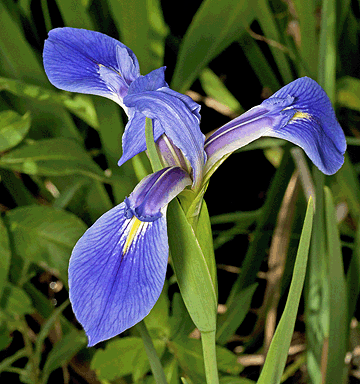Gaura angustifolia thru Iris savannarum
Species Name |
Common Name |
Galactia regularis |
|
Galactia volubilis |
|
Gaura angustifolia |
|
Helianthemum nashii |
|
Helianthus debilis |
|
Heliotropium polyphyllum |
|
Herissantia crispa |
|
Heterotheca subaxillaris |
|
Hibiscus coccineus |
|
Hibiscus moscheutos |
|
Hydrocotyle umbellata |
|
Hypericum cistifolium |
|
Indigofera hirsuta |
|
Ipomoea pes-caprae |
|
Ipomoea triloba |
|
Iris hexagonia var. savannarum |
Galactia regularis Downy Milkpea
|
Galactia volubilis Eastern Milkpea
|
Gaura angustifolia Southern Beeblossom
|
Helianthemum nashii Nash’s Rock Rose
|
Helianthus debilis Beach/Dune Sunflowers
|
Heliotropium polyphyllum Pineland Heliotrope
|
Herissantia crispa Bladdermallow
|
Heterotheca subaxillaris Camphorweed
|
Hibiscus coccineus Scarlet Hibiscus
|
Hibiscus moscheutos Swamp Rosemallow
|
Hydrocotyle umbellata Marsh Pennywort
|
Hypericum cistifolium Roundpod St. John's-Wort
|
Indigofera hirsuta Hairy Indigo
|
Ipomoea pes-caprae Railroad Vine
|
Ipomoea triloba Littlebell / Aiea Morning Glory
|
Iris hexagonia var. savannarum Prairie Iris
|
© Photographs and text by Susan Leach Snyder (Conservancy of Southwest Florida Volunteer), unless otherwise credited above.

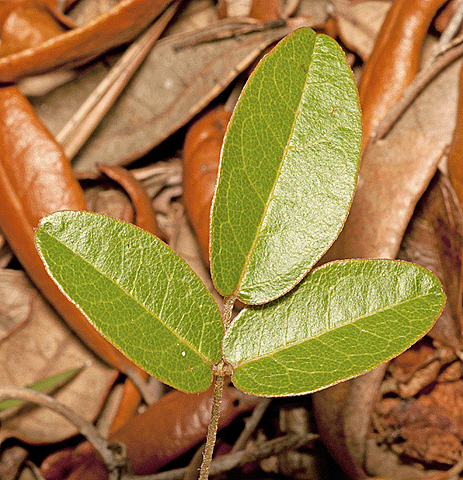
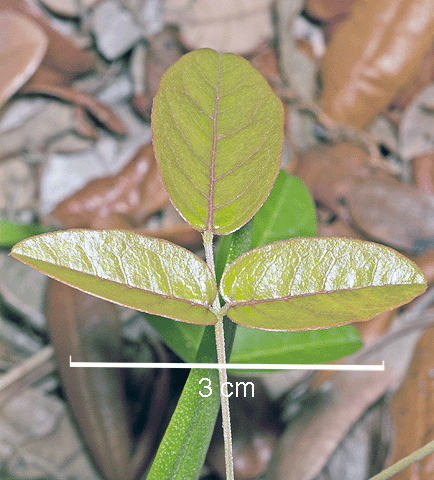
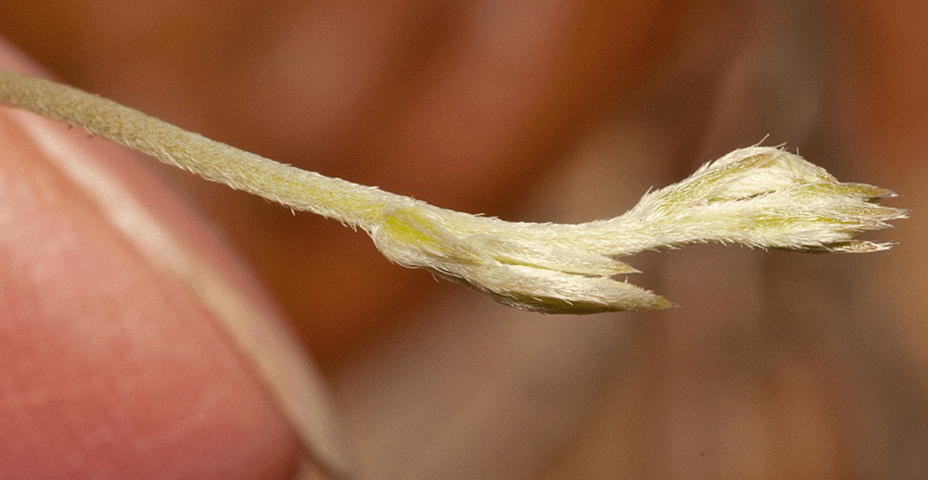 Downy milkpea leaves are alternate, and as the first two photographs show, leaves have 3 leathery leaflets. The third photograph shows new leaflets developing on a stem. Note the many "hairs" on the stem, which give it a downy (soft and fluffy) texture.
Downy milkpea leaves are alternate, and as the first two photographs show, leaves have 3 leathery leaflets. The third photograph shows new leaflets developing on a stem. Note the many "hairs" on the stem, which give it a downy (soft and fluffy) texture.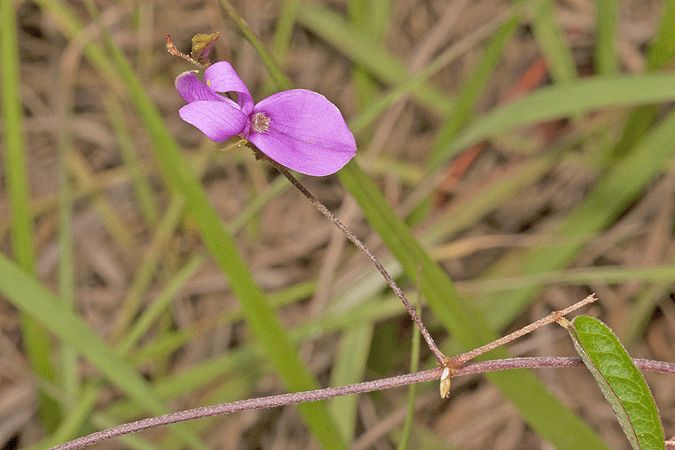 On April 11, 2015, this tiny pea plant was blooming on the sand ridge between the northeastern edge of the the Smith Preserve pond and the tortoise preserve fence.
On April 11, 2015, this tiny pea plant was blooming on the sand ridge between the northeastern edge of the the Smith Preserve pond and the tortoise preserve fence. 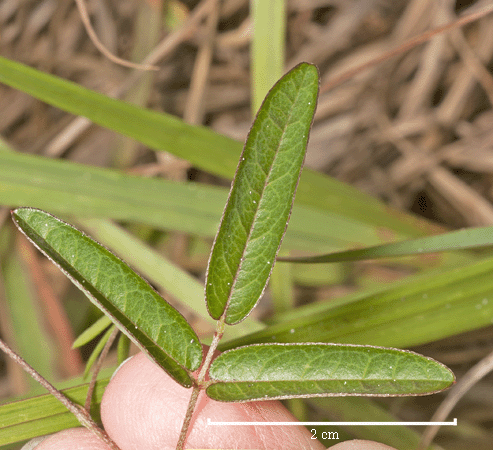 As can be seen in the photograph at left, the Eastern Milkpea has compound leaves with three oblong, hairy leaflets that have red-brown margins. As shown, one of the leaflets on this plant measured 2 cm in length.
As can be seen in the photograph at left, the Eastern Milkpea has compound leaves with three oblong, hairy leaflets that have red-brown margins. As shown, one of the leaflets on this plant measured 2 cm in length.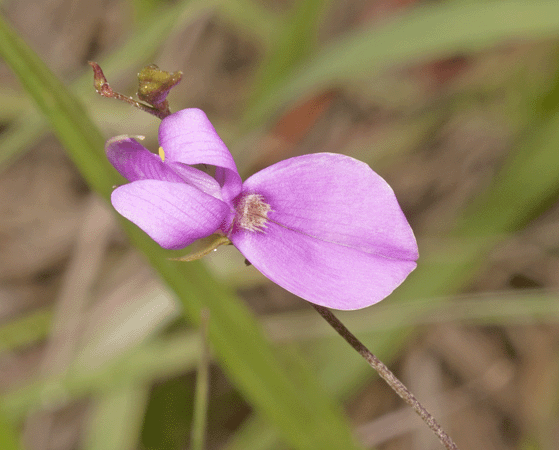
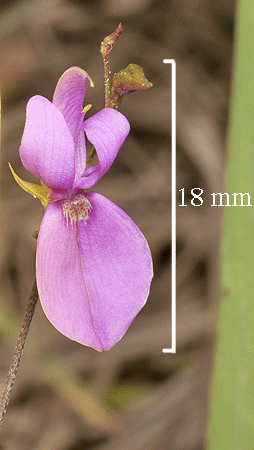
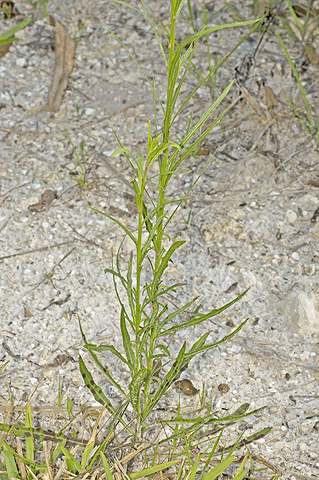
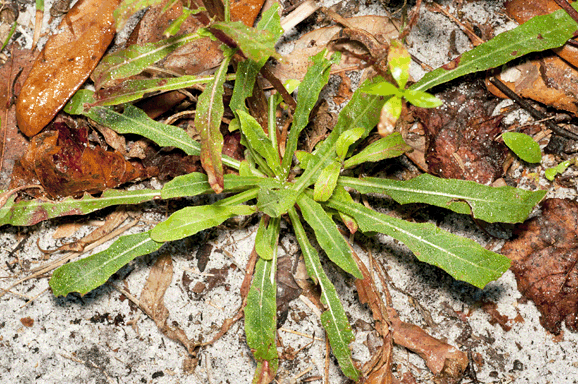
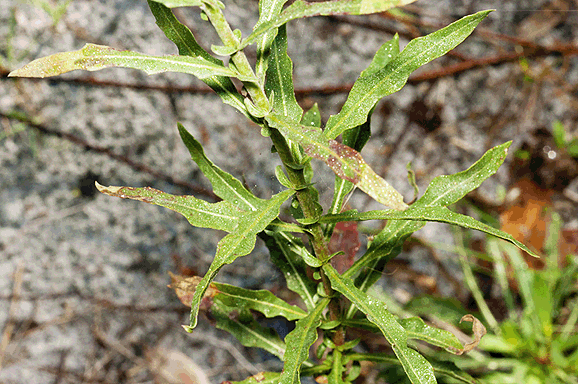
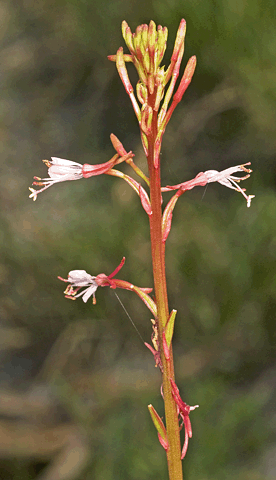
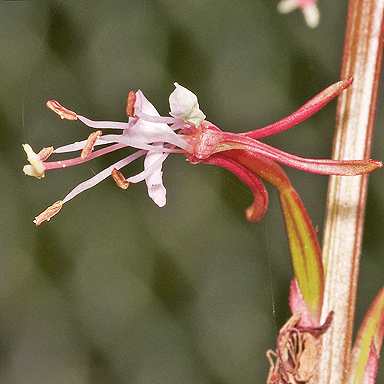
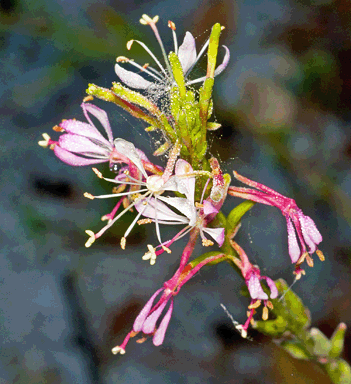
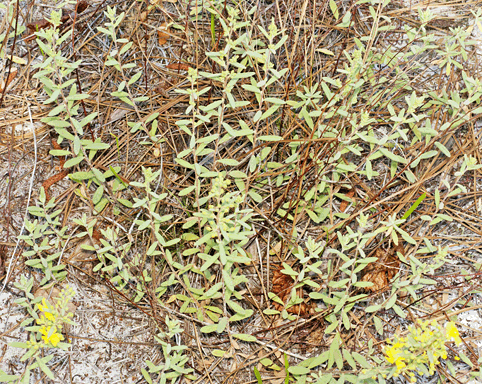
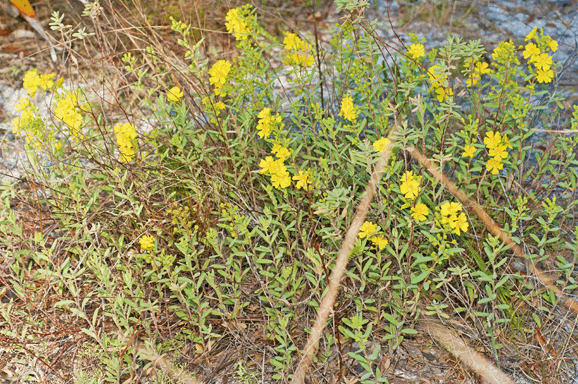
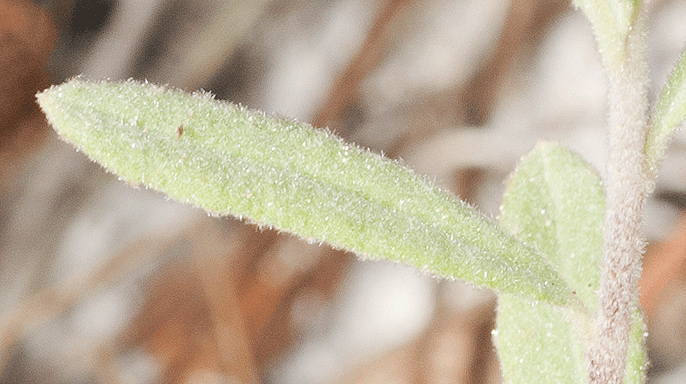
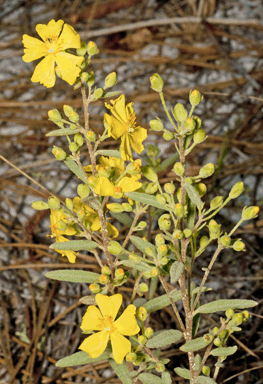
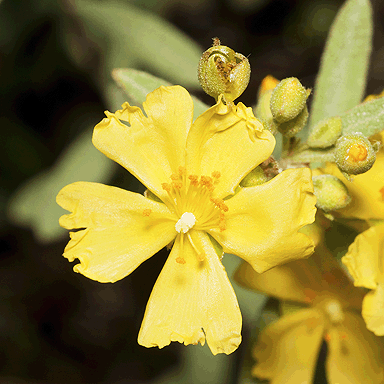
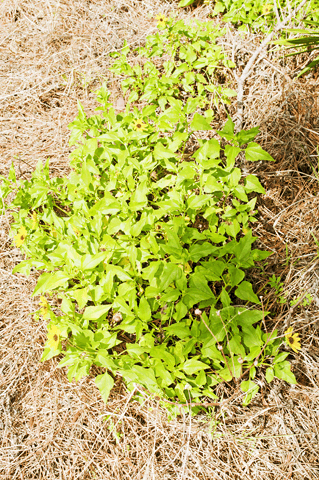
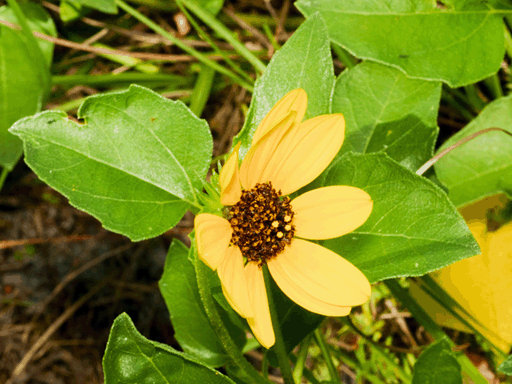
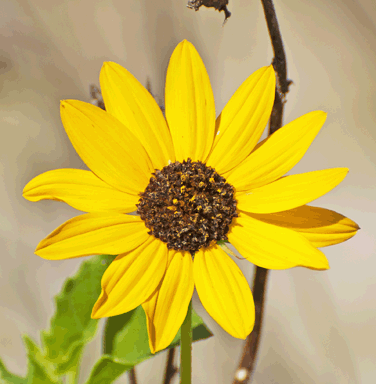
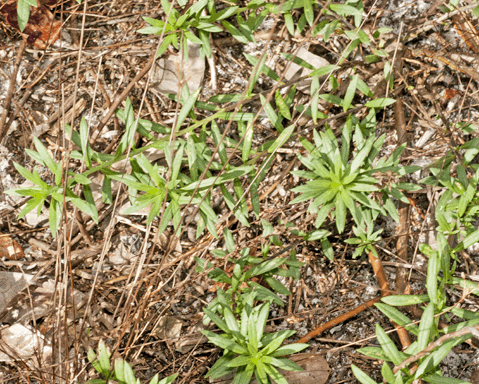
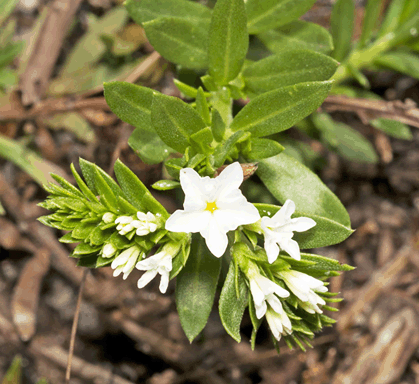
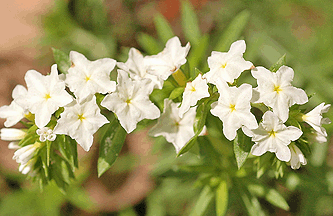
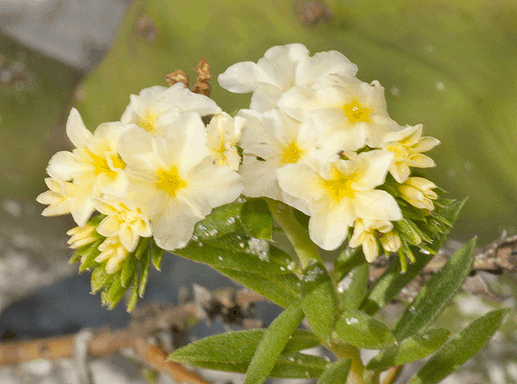
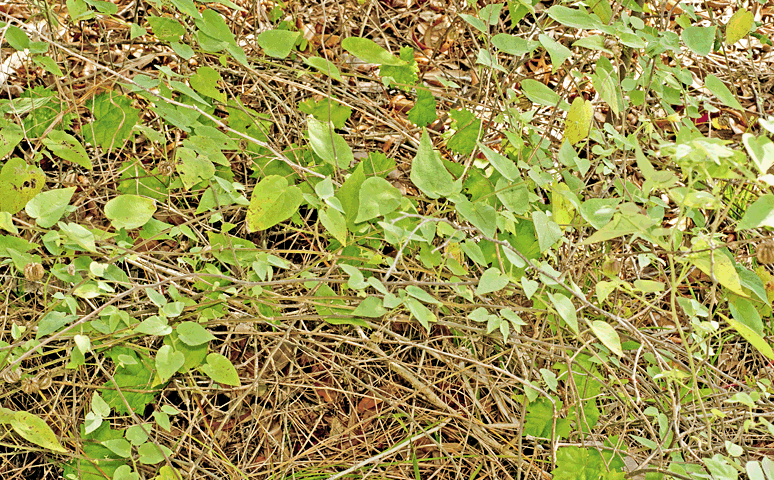
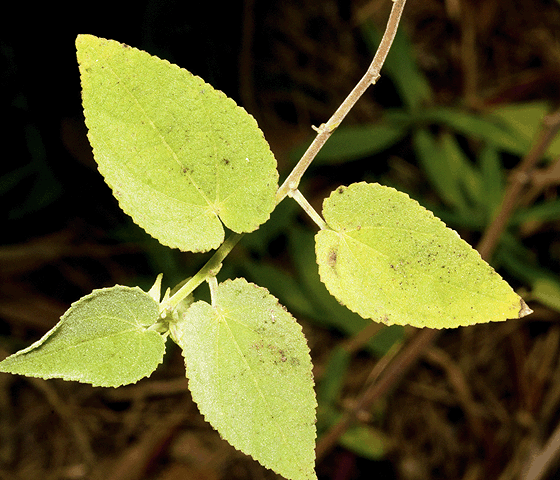
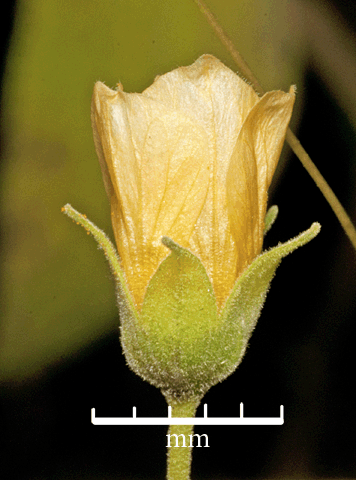
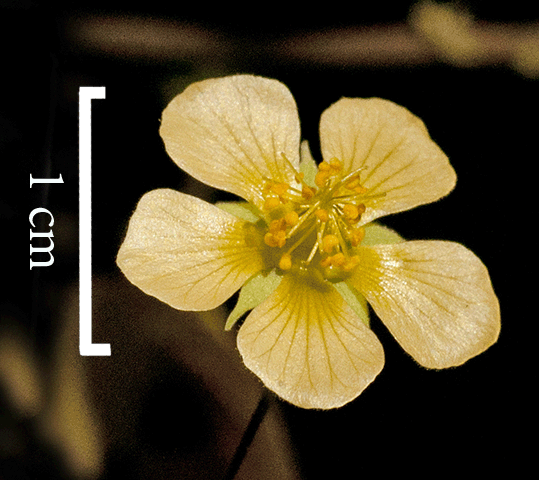
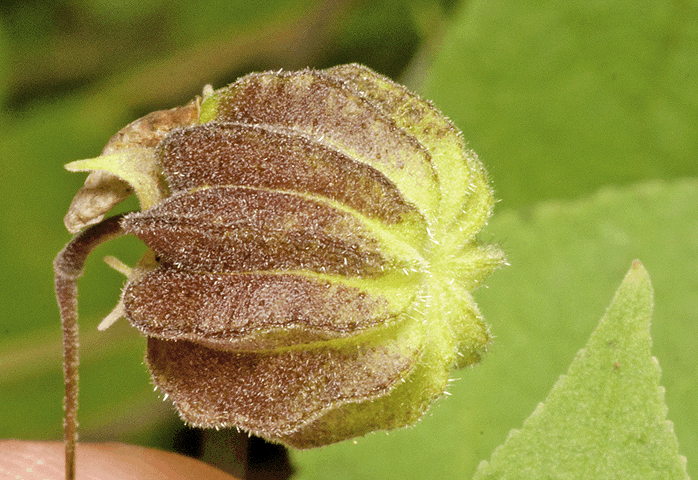
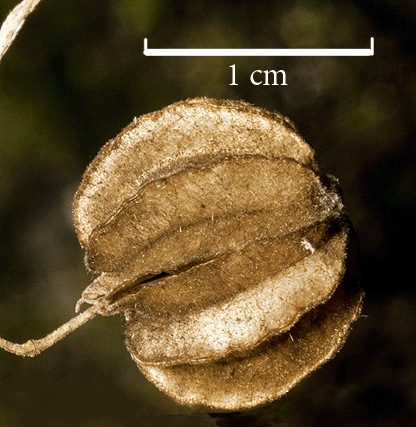
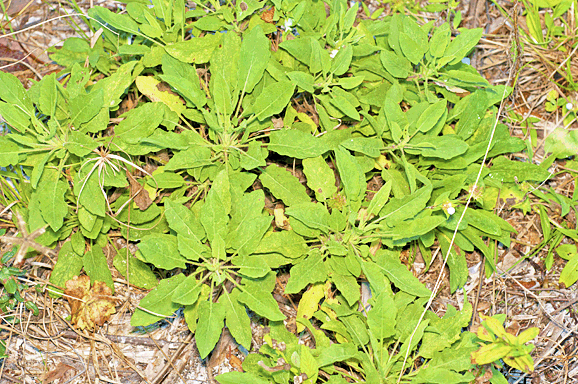
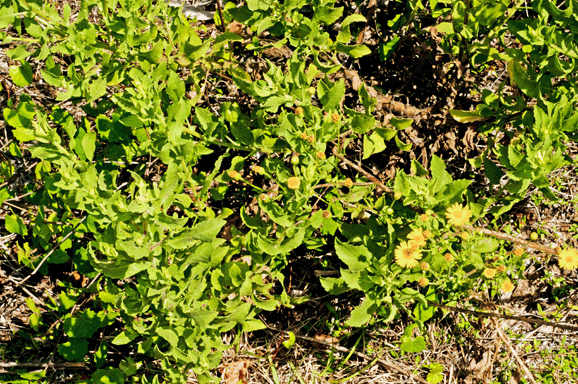
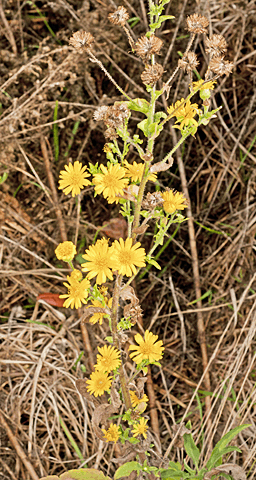
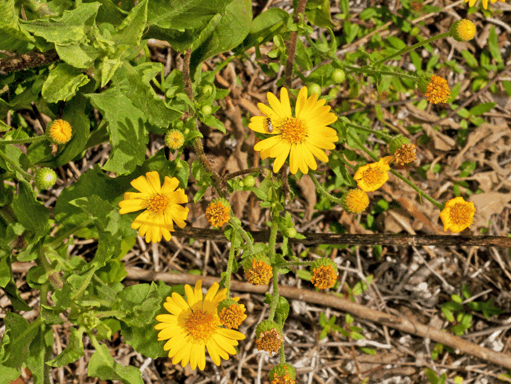
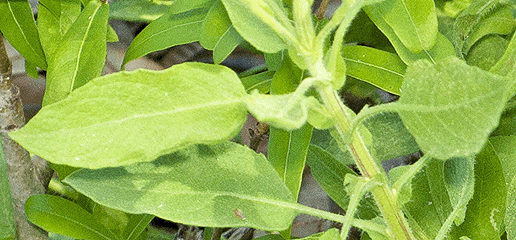
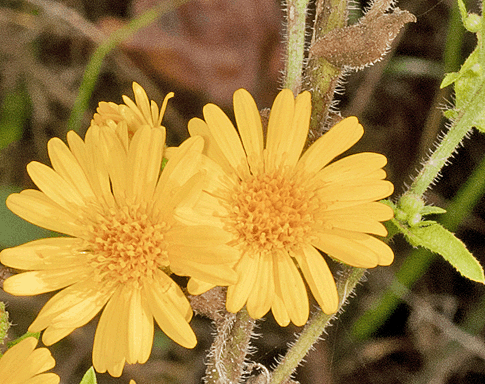
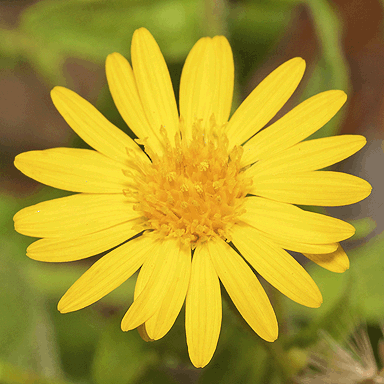
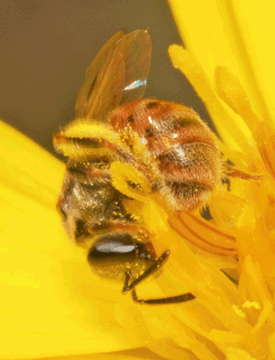
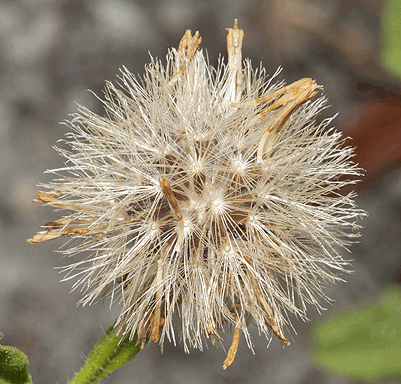
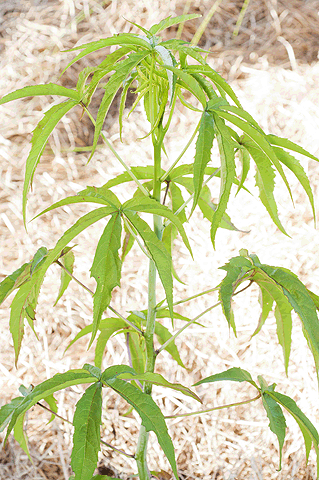
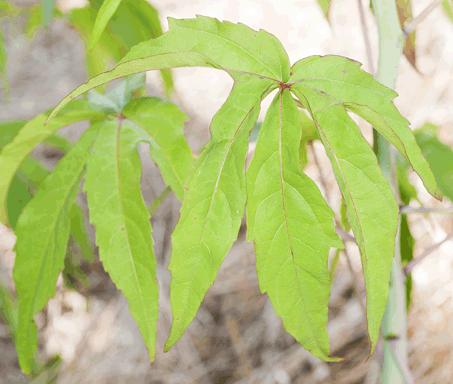
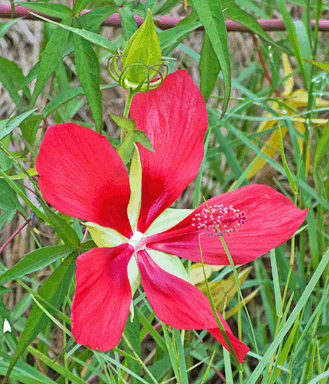
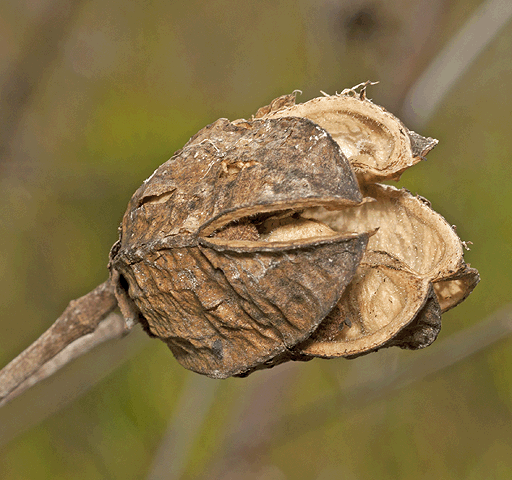
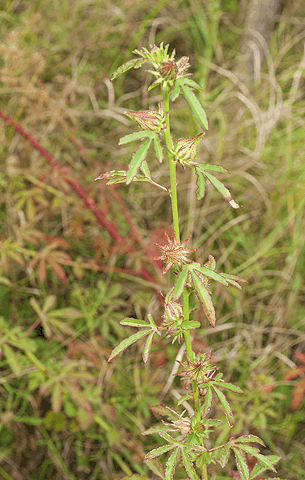
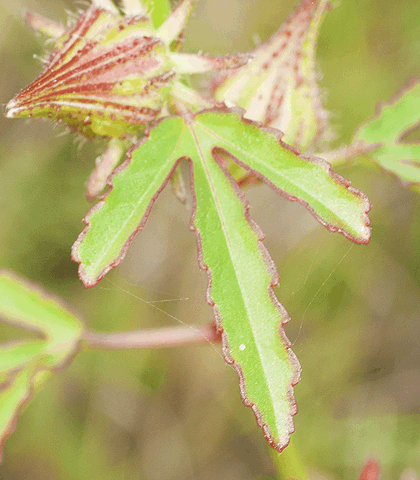
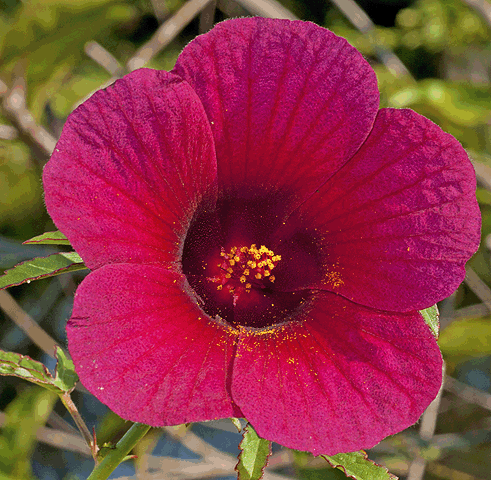
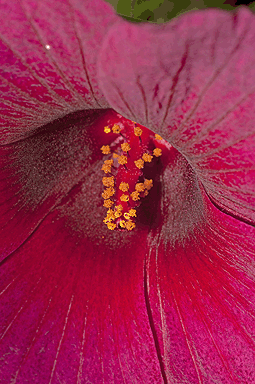
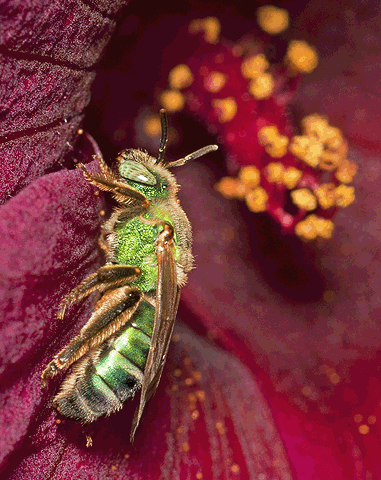
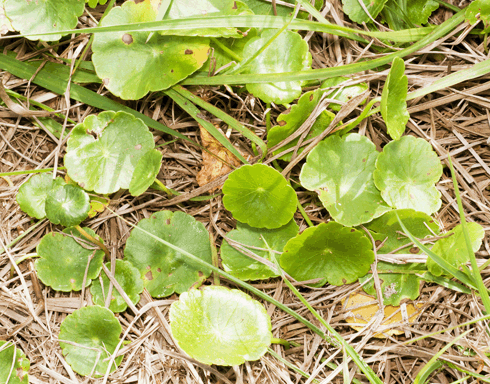
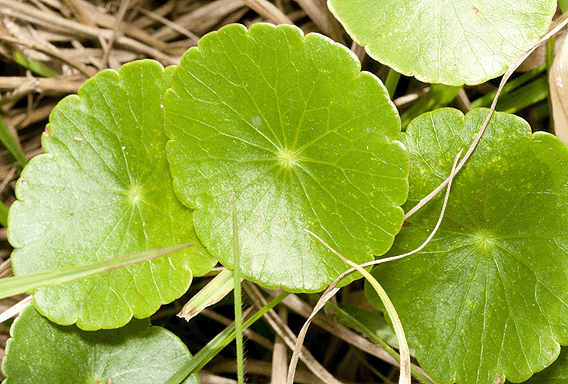
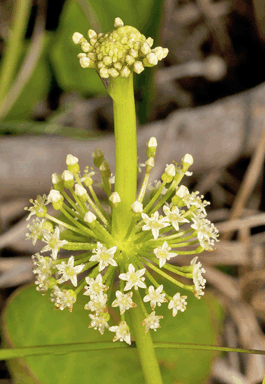
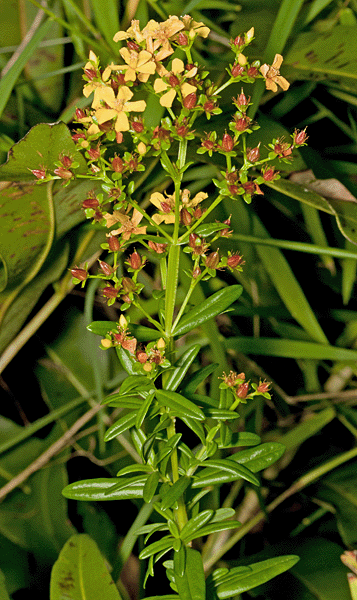
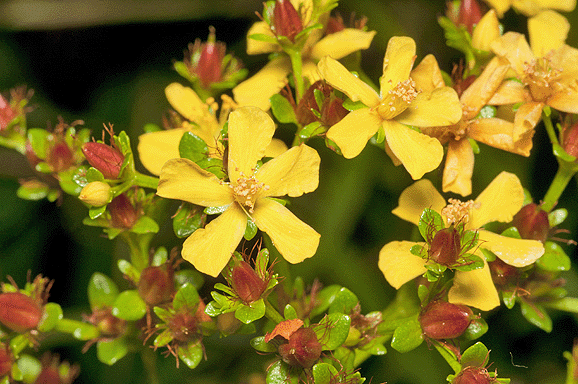
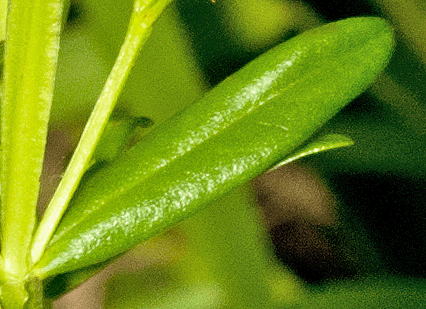 Plants generally grow as single stems to a height of .6 m to .9 m. Leaves are dark green and linear; margins fold under.
Plants generally grow as single stems to a height of .6 m to .9 m. Leaves are dark green and linear; margins fold under. 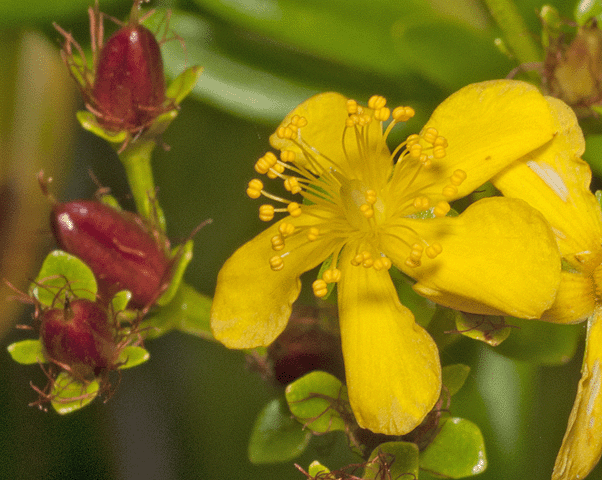 Flowers usually develop in early summer. As shown, flowers are bright canary yellow and supported on stalks. Seed pods are red.
Flowers usually develop in early summer. As shown, flowers are bright canary yellow and supported on stalks. Seed pods are red. 